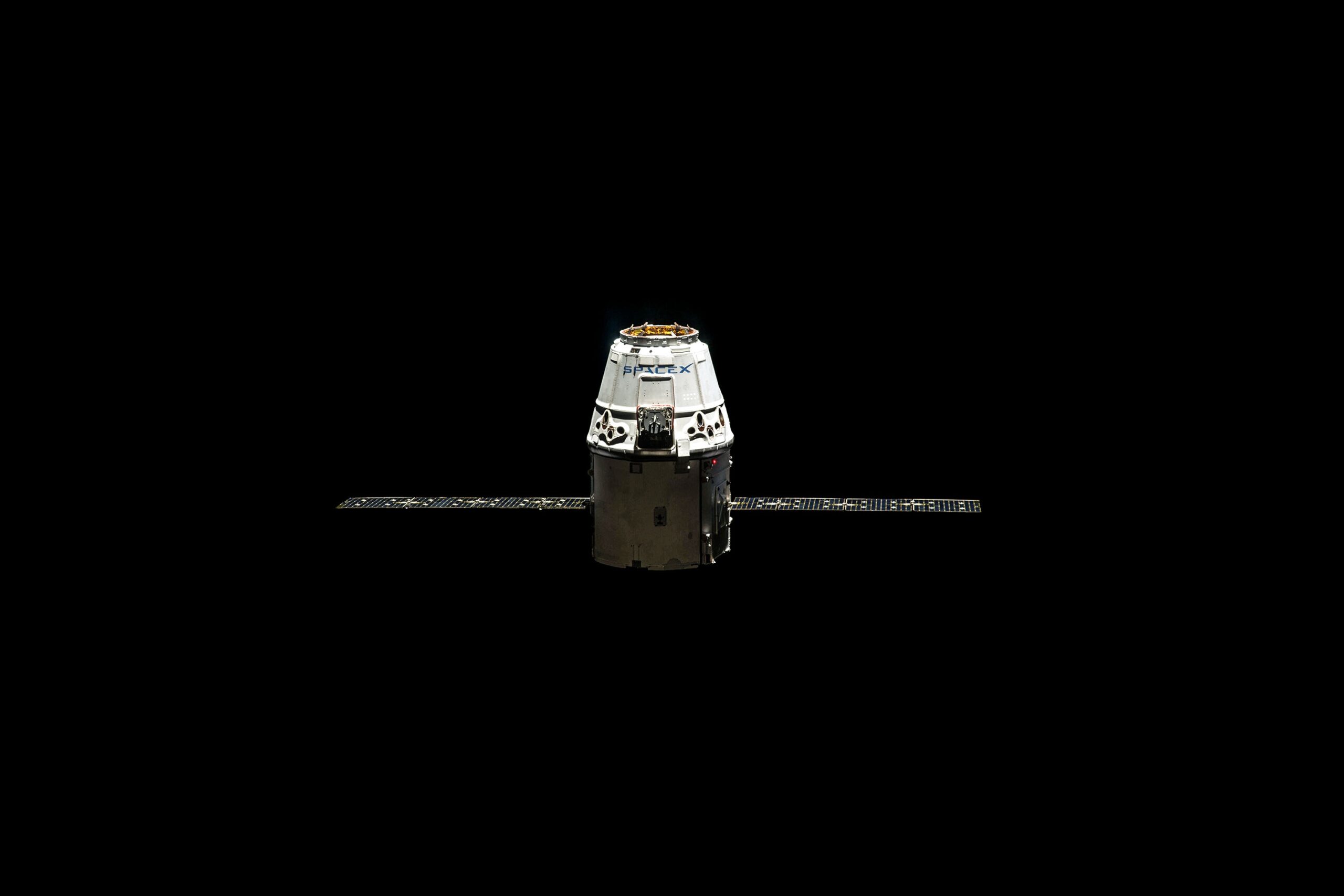Johannes Kepler may have been an innovative astronomer in the 17th-century scientific revolution, but his name is now associated with yet another revolution in the 21st century: space exploration technologies.
Established in 2015, Kepler Communications is reshaping satellite communications by creating innovative technologies that provide solutions for global gaps in internet connection. The Canadian company’s founding purpose is to create infrastructure for space-based connectivity that will connect space stations, launch vehicles, habitats and other satellites.
Their vision is reshaping the economics surrounding satellite connectivity and how we use it to explore our cosmos and benefit planet Earth. Let’s explore the exciting innovations on the startup’s radar.
Satellite Technologies
Kepler’s mission is to bring the internet to space not only assists in space missions, but it creates more sustainable and efficient connection practices at home on Earth. Different countries have different telecom infrastructures. Some operate on 2G, while others have 3G. Kepler Communication’s technologies are trying to solve that problem by launching small satellite networks (Cubstats) that repurpose existing ground equipment for extremely lightweight but global coverage. While issues with latency need to be addressed, the system is cost-effective than what rival companies offer.
Additionally, Kepler is working on an Internet of Things (IoT) communication system, using their platform of satellites. Its goal is to ease challenges caused by global disparities between established communication methods and protocols in different regions. For instance, there isn’t an antenna that can help communication across all the cellular networks. The low-power, low-bandwidth will be an inexpensive connectivity platform for IoT devices worldwide.
A crucial technology to Kepler’s operations is their high-capacity, high-throughput software-defined radio (SDR). The innovation provides 200 MHz of bandwidth, which allows data to be transmitted at 500 megabits/second (Mbps) in communication speed. In November 2019, however, Kepler Communications hit a major milestone. During a MOSAiC research expedition, the startup provided a high bandwidth to the Arctic, successfully reaching 100 Mbps of network speed to a German icebreaker sea vessel that acts as a mobile lab. This marks the first time that any high-bandwidth satellite network was used for any central Arctic ground-base use. Rather than being a one-time demo, the connectivity helps MOSAiC transfer data between shore-based research stations and ships.
What’s Next for Kepler Communications?
Kepler is an essential player in the NewSpace sector, even using its competitor SpaceX’s services. Recently, Kepler contracted the Elon Musk-led company to deploy its first nanosatellite constellation. It will launch 880 lbs of payload in two separate batches on the Falcon 9 launch vehicles and makes use of the new rideshare program that SpaceX announced earlier in 2019. The launch will put Kepler’s spacecraft into sun-synchronous orbit, passing over the specific points on Earth the same time each day.
In total, they seek to launch 140 satellites into orbit during three launch phases from 2020 to 2023 with the mission to operate its LEO constellation as a relay system, sending data to other satellite constellations in orbit. With high-speed data backhaul capabilities, Kepler is now focusing on building an install base for Global Data Service, the pole-to-pole wideband connectivity offering for mobile and fixed applications. In the coming months, Kepler’s affordable Internet of Things (IoT) project, EverywhereIOT, will undergo user trials.
It’s an exciting time for Kepler Communications, scientists, consumers and the NewSpace sector. The startup is a crucial aspect of advancing the space economy and further democratizing space technologies so that we may implement communication satellites to further connect explorers in space and those of us on Earth.






